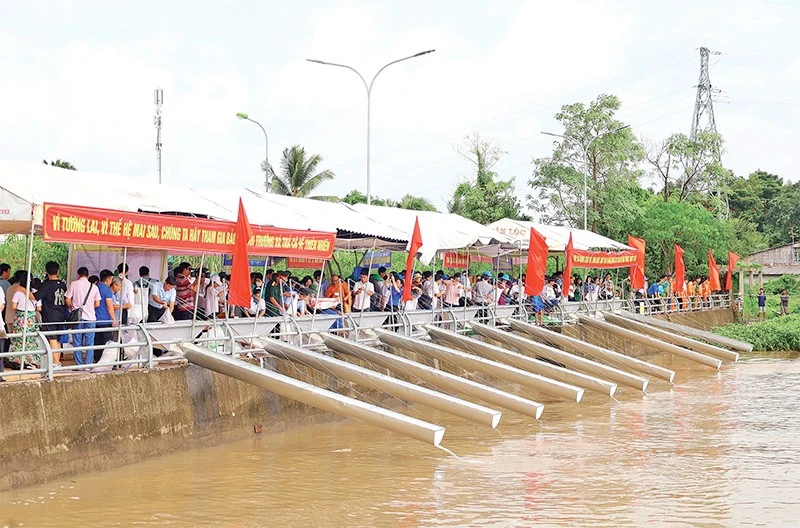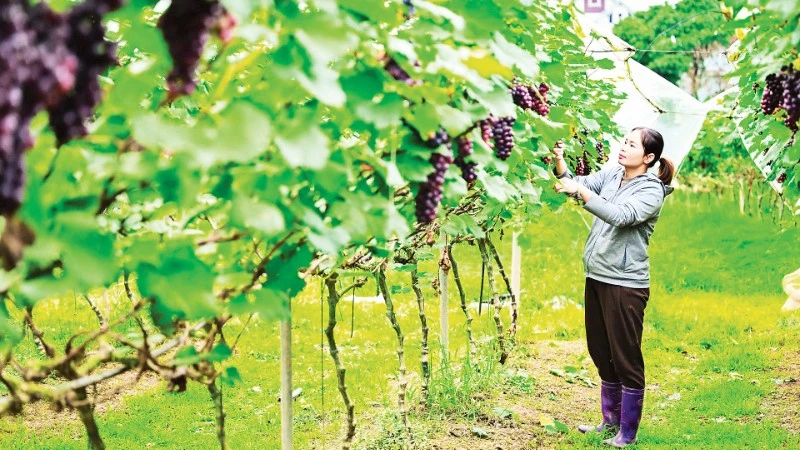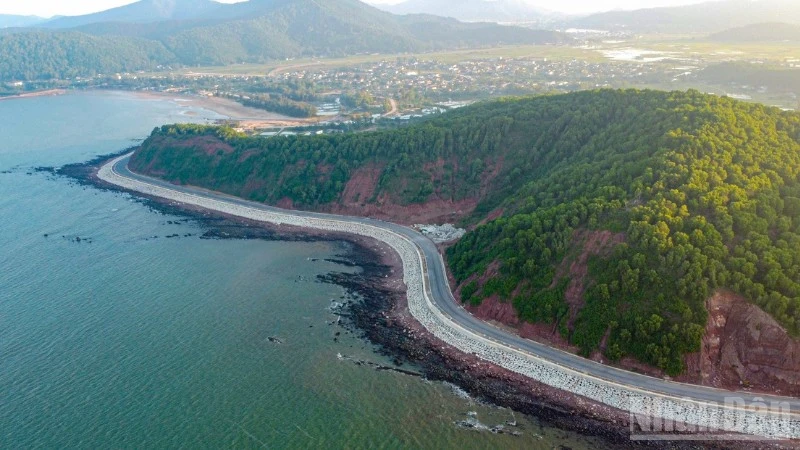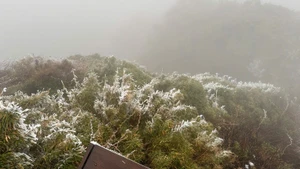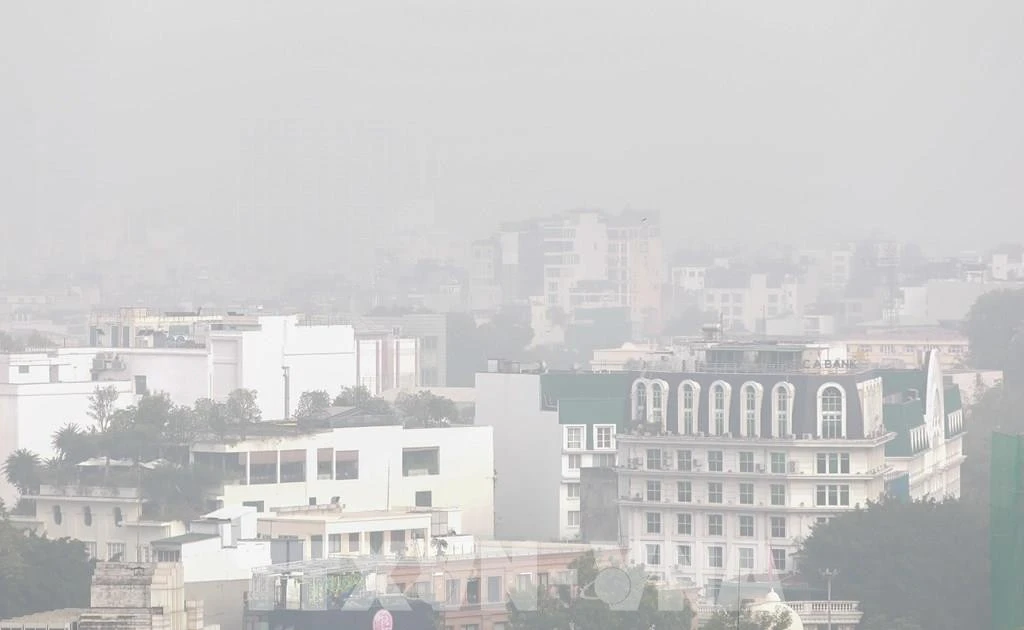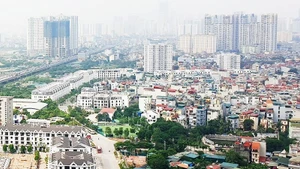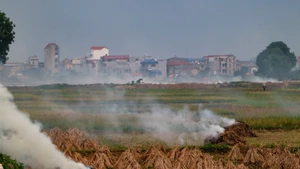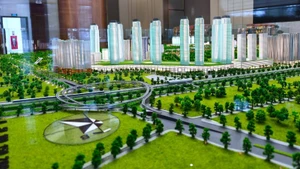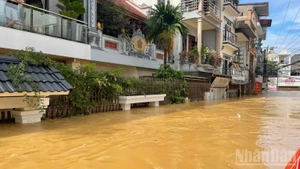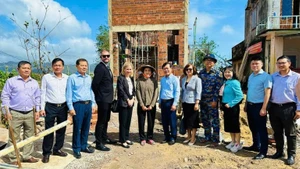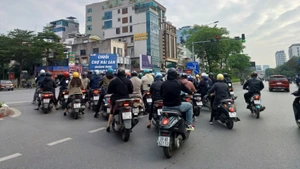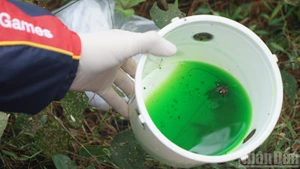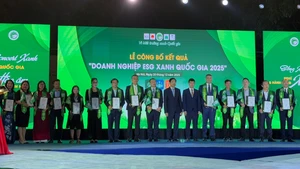Can Tho City is currently regarded as an important aquaculture hub of the Mekong Delta, both in farming and exploitation. In the first four months of 2025, before the merger, the city had a total aquaculture area of 3,249 hectares, with a farmed output of 51,590 tonnes. Meanwhile, in Hau Giang, the total aquatic output for 11 months of 2024 exceeded 79,200 tonnes, with over 13,100 hectares of aquaculture area. In Soc Trang, in the first half of 2025, the total aquatic output surpassed 343,000 tonnes, of which brackish-water shrimp alone accounted for about 240,000 tonnes.
Aquaculture has become one of the key economic sectors with a high export value. Therefore, Can Tho City is paying special attention to production development as well as environmental protection and aquatic resource regeneration. According to Deputy Director of the Department of Agriculture and Environment, Nguyen Tan Nhon, applying advanced scientific and technical methods, mechanisation, and rational production organisation will help the city achieve results in protecting aquatic resources, restoring and regenerating valuable genetic resources, enhancing climate change adaptation, and moving towards developing the aquaculture sector under the circular and green economy model.
Annually, local authorities and functional sectors organise many rounds of releasing fingerlings into the Hau River and inner-city rivers and canals to supplement stocks, maintain ecological balance, and raise community awareness. Environmentally friendly aquaculture models applying biotechnology in wastewater treatment and surface water protection are gradually being expanded.
However, Can Tho City faces many difficulties in protecting aquatic resources. Illegal fishing, including the use of electricity and chemicals, is still occurring in many areas. Local authorities and relevant agencies regularly organise inspection teams, and some offenders have been prosecuted. However, as offenders often operate at night along long, wide rivers and enforcement capacity is still limited, thoroughly handling violations are very difficult.
Water pollution, saltwater intrusion, and climate change are also major factors causing a significant decline in aquatic populations. Ly Van Bay, owner of the Bay Bon Fish Museum (Binh Thuy Ward), shared that abnormal weather patterns linked to climate change are directly affecting farmers' aquaculture activities, as well as the reproductive capacity and survival of valuable fish species. Meanwhile, many people are still unaware of the need to conserve native fish species. In some places, people even release non-native aquatic species, threatening local ecosystems. As natural seed stocks are increasingly depleted, conservation and restoration are extremely important. Local authorities and relevant agencies should support local individuals with experience, knowledge, and dedication to collect, domesticate, and stimulate the breeding of endangered fish species.
Given the current challenges, to protect and sustainably develop aquatic resources, Can Tho City needs to strengthen the capacity of specialised forces, especially as the administrative area has expanded post-merger, with a dense network of rivers and canals. In addition to adding professional staff, more patrol equipment such as motorboats, monitoring devices, and dashcams are needed to serve nighttime inspections and handle violations. An inter-agency coordination mechanism among agriculture, police, and local authorities should be improved.
Currently, in many provinces and cities nationwide, including Can Tho, “co-management” models that mobilise community participation in monitoring and protecting aquatic resources have proven effective. Some localities have reported a clear reduction in illegal fishing, and native fish populations are gradually recovering. Besides this model, the city also needs to soon pilot self-managed teams to protect aquatic resources in key areas, combined with campaigns to educate and encourage residents to commit not to engage in illegal fishing. At the same time, regular training should be organised on conservation knowledge, ecological farming techniques, and relevant laws for riverside and canal-side communities.
Additionally, the city should promote the socialisation of conservation efforts, supporting individual models through incentives in credit, land, and the promotion of eco-tourism linked to environmental education. “Releasing fish to supplement stocks is also one of the key solutions to restore and regenerate declining aquatic species in the natural environment. This is not only an annual activity but also a practical action contributing to ecological and environmental protection and sustainable development of the city’s aquaculture sector. Natural aquatic resources are facing many challenges; therefore, joint efforts from both authorities and the people are needed to protect aquatic resources, aiming towards sustainable fisheries development,” shared an official from the Department of Agriculture and Environment.
